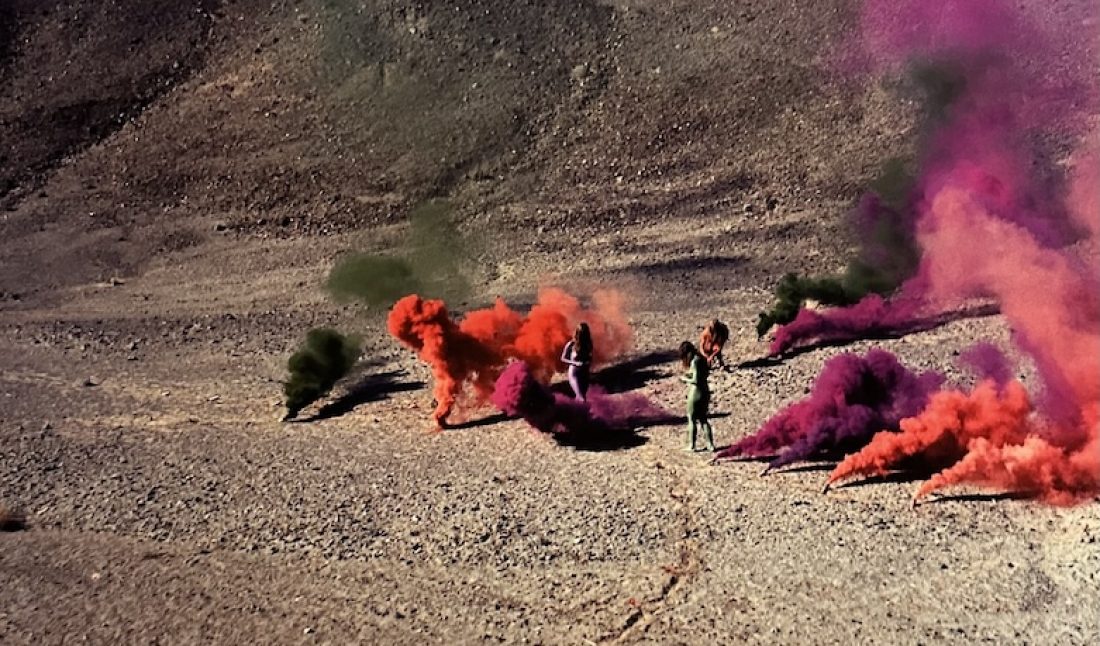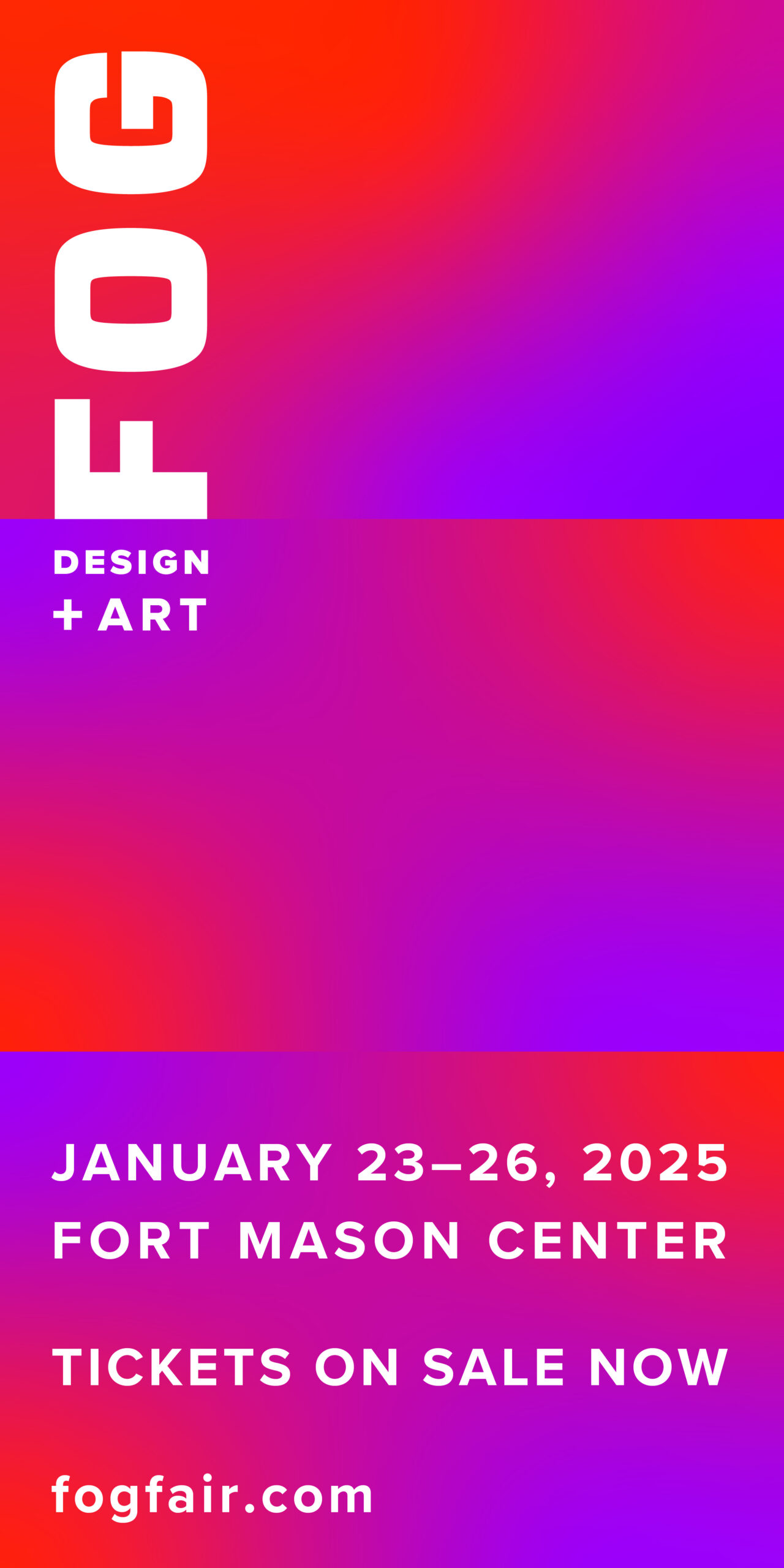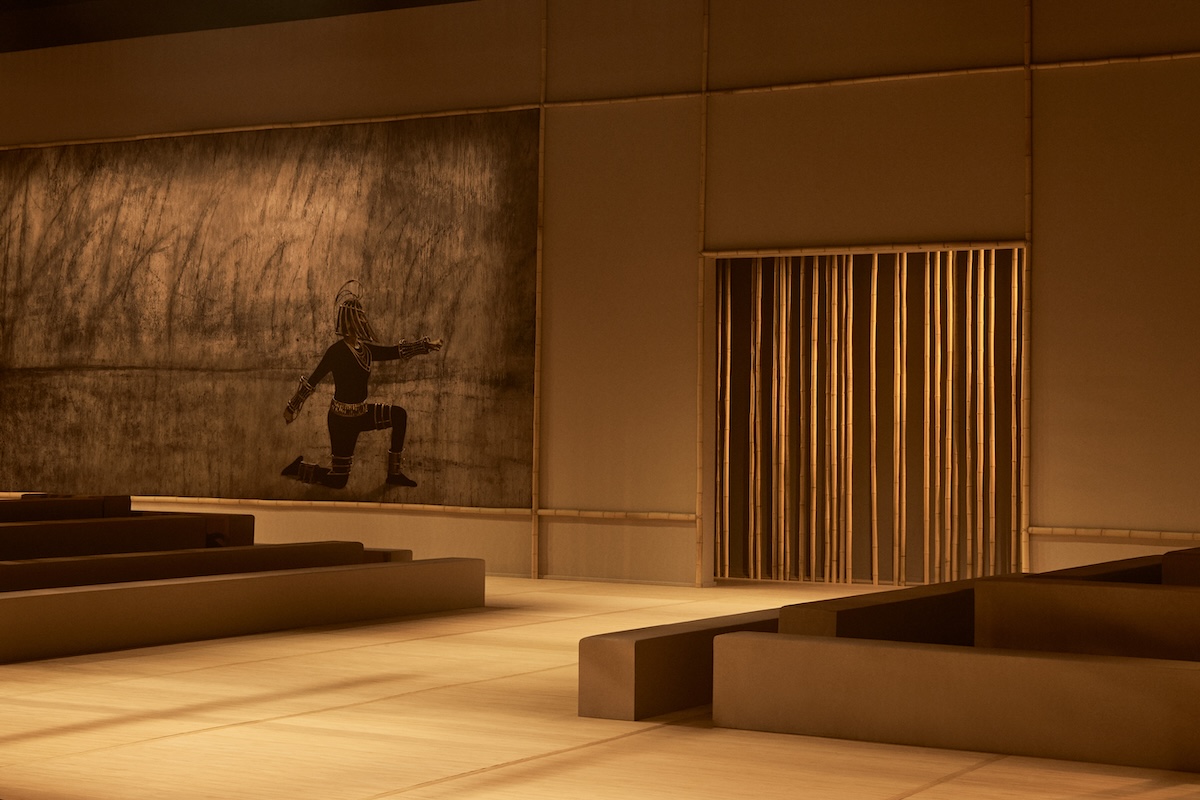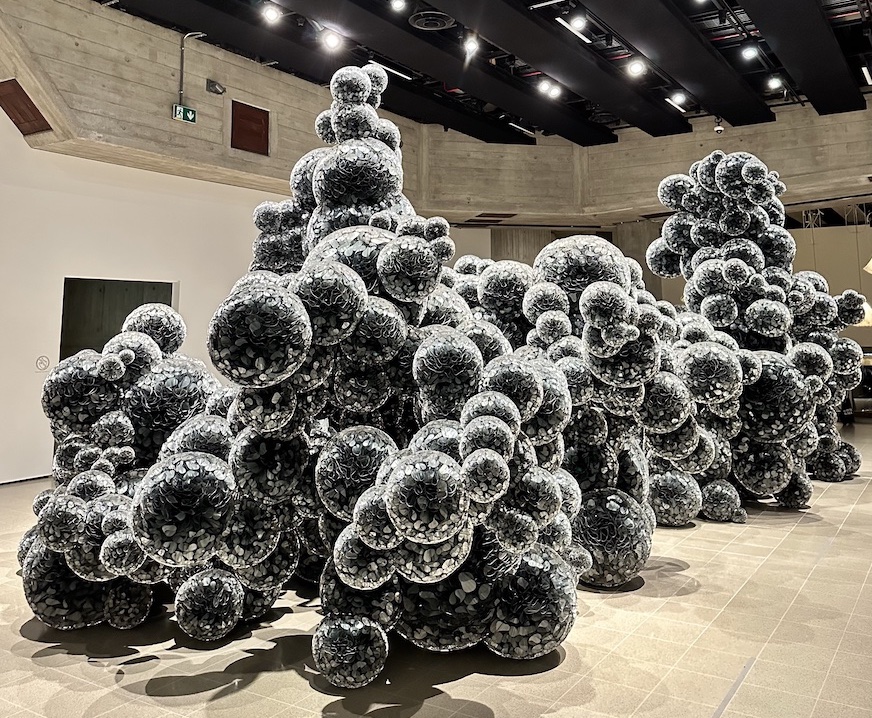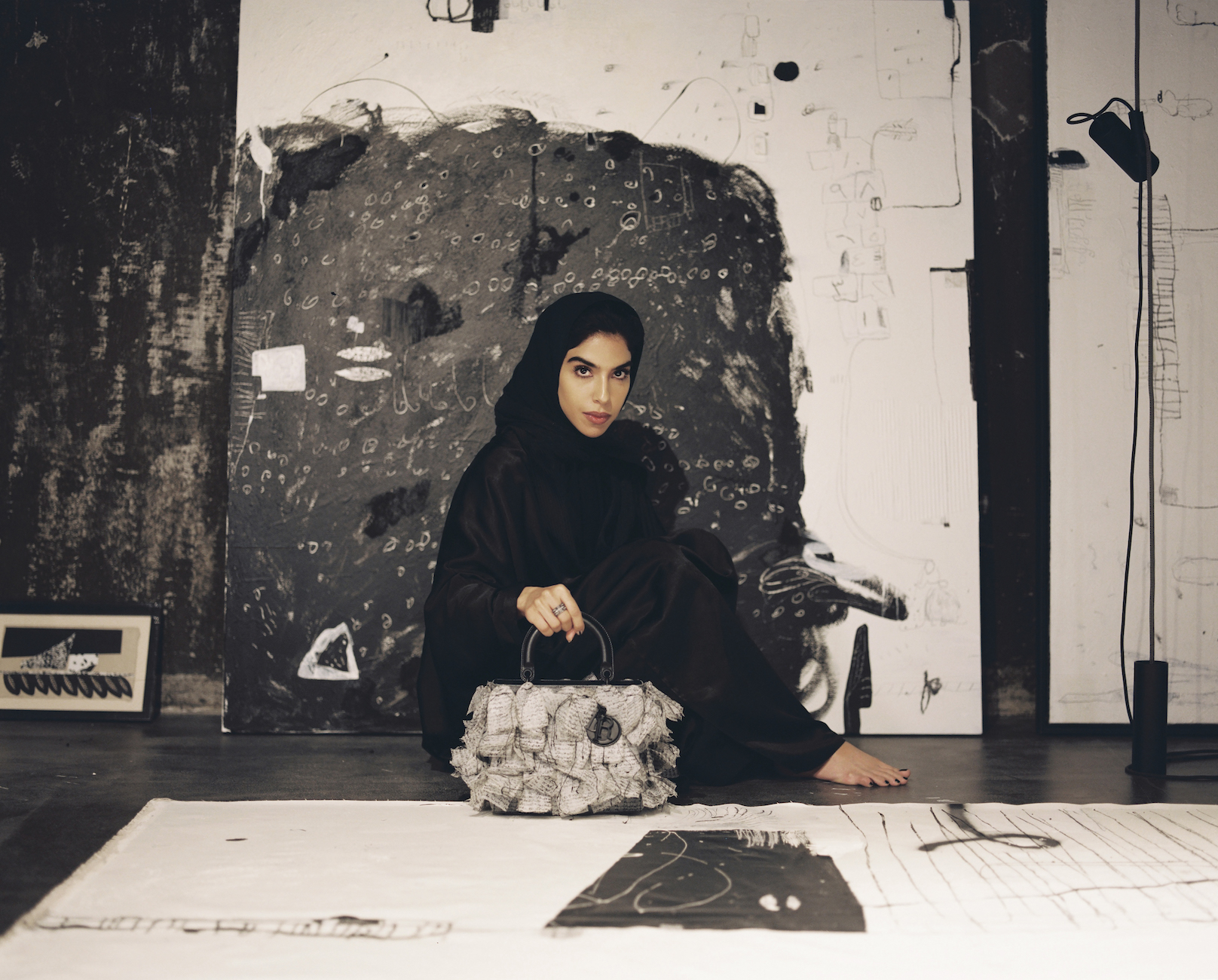“Revelations” at the Serpentine in London charts the expansive trajectory of Judy Chicago‘s career, with a particular emphasis on drawing and rarely seen works. This exhibition, the artist’s largest solo presentation in a London institution, takes its name from an unpublished illuminated manuscript Chicago wrote in the early 1970s while creating her iconic piece, The Dinner Party (1974–79). This monumental installation, celebrating the achievements of 1,038 women, is now permanently displayed at the Centre for Feminist Art at the Brooklyn Museum, New York. For this exhibition, the manuscript has been updated with new drawings and published for the first time. Inspired by Chicago’s extensive research into goddess worship and women’s history, it offers a radical retelling of mythological creation and articulates her lifelong vision of a just and equitable world.
Chicago remarks, “Revelations, both the exhibition and book, expresses my lifelong commitment to gender equality and my deeply held belief that people must come together to change the patriarchal paradigm, which—at this point in history—has become lethal to all creatures, human and nonhuman, as well as to the planet.”
Throughout her six-decade career, Judy Chicago has consistently challenged the erasure and marginalization of women in Western culture. By developing a unique visual language that brings women’s experiences to the forefront, Chicago’s work delves into themes of birth and creation, the social construct of masculinity, her Jewish heritage, notions of power and powerlessness, extinction, and climate justice. Her prolific output includes both solo and collaborative projects that resonate with a profound commitment to social justice and gender equality.
“Revelations” has a multi-media character—it features never-before-seen sketchbooks, films, slides, an AR app, video interviews of participants from The Dinner Party, audio recordings, and a guided tour of The Dinner Party by Chicago herself. This novel approach seamlessly links visual art and the written word, a connection that has been central to Chicago’s practice since the 1970s. Organized thematically around the manuscript’s five chapters, the exhibition focuses on drawing, a medium foundational to Chicago’s practice. Moving counter clockwise around the gallery, “Revelations” traces the arc of the artist’s career.
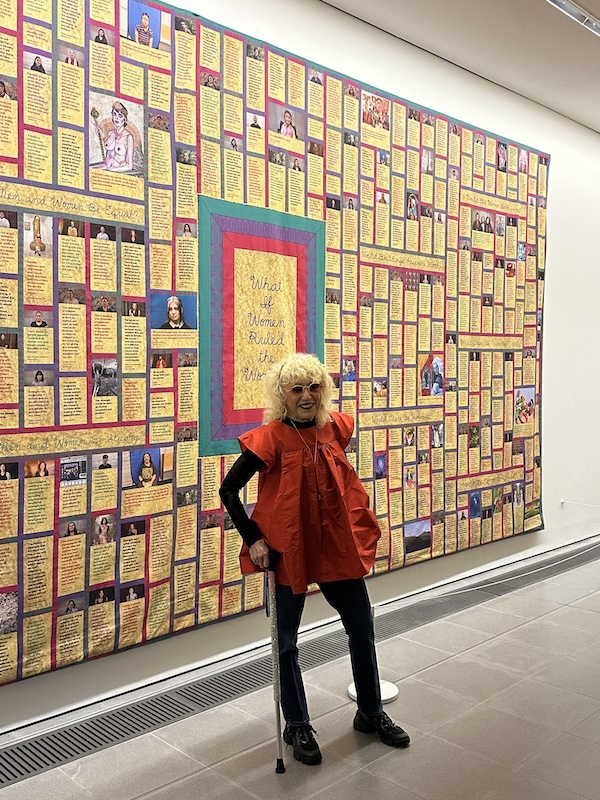 Judy Chicago at the opening of “Revelations,” photo by Ana Novi.
Judy Chicago at the opening of “Revelations,” photo by Ana Novi.
Judy Chicago’s Early Years of Experimentation and Determination
“Revelations of the Goddess”—chapter one—corresponds to the early years of Chicago’s career. In these years Chicago created a substantial body of abstract and minimalist work that was often overlooked. This chapter begins with works on paper from the late 1960s to the 1970s, where Chicago experimented with form, material, and color’s ability to convey emotion. Despite facing gender-based discrimination throughout her studies at UCLA, Chicago was determined to make her mark as a woman artist.
Describing the LA art scene as “inhospitable to women”, she initially avoided gender-specific imagery, mastering techniques such as pyrotechnics, fiberglass casting, and auto-body painting. In 1970, she changed her name to “identify as an independent woman [who] divests herself of all names imposed upon her through male social dominance” and founded the first Feminist Art Program at Fresno State College, thereby challenging traditional art school pedagogy and addressing the marginalisation of female students. Her works during this period, such as Gray Fan #4 (1970) and Through the Flower (1972), began to invoke female subjectivity, sexuality, and the body, using colour as a method to represent emotion.
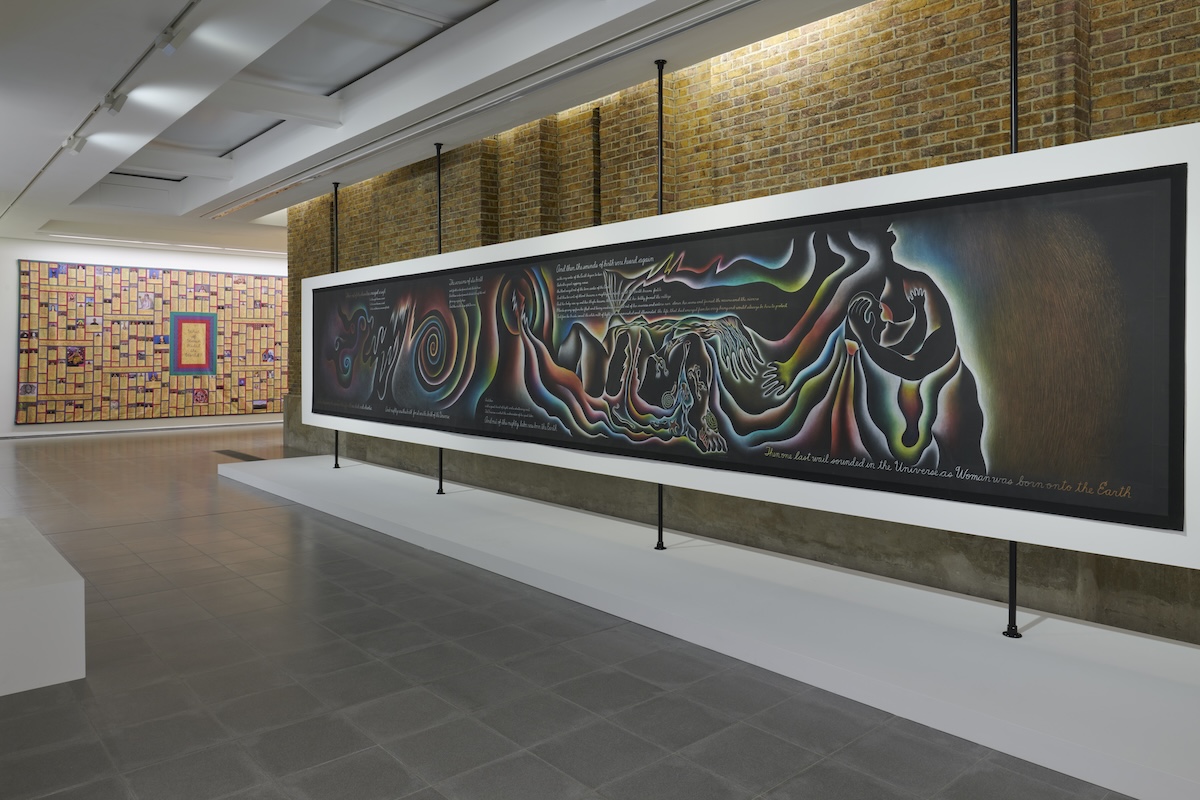 Judy Chicago:, “Revelations,” 2024, Installation view, Serpentine North. © Judy Chicago/Artists Rights Society (ARS), New York; photo by Jo Underhill, courtesy Judy Chicago and Serpentine.
Judy Chicago:, “Revelations,” 2024, Installation view, Serpentine North. © Judy Chicago/Artists Rights Society (ARS), New York; photo by Jo Underhill, courtesy Judy Chicago and Serpentine.
Driven by a Desire to Excavate Women’s Achievements, Chicago Develops The Dinner Party
The second chapter, “Myths, Legends, and Silhouettes”, brings the audience to the late 1960s and 70s of Chicago’s artistic practice. These years were an immensely productive period for Chicago. Driven by a desire to excavate women’s achievements and counteract their erasure, she developed The Dinner Party (1974–79).
This ceremonial banquet, a symbolic history of women predominantly from Western civilization, has been permanently displayed at the Brooklyn Museum since 2007. Early color studies of the tapestry banners and sketchbooks that reveal the working process of this installation are showcased, amplified by interviews with studio members, documentary footage, and a film tour led by Chicago herself. These works trace the collaborative environment Chicago fostered with nearly 400 participants and demonstrate how this iconic work laid the foundation for “Revelations.”
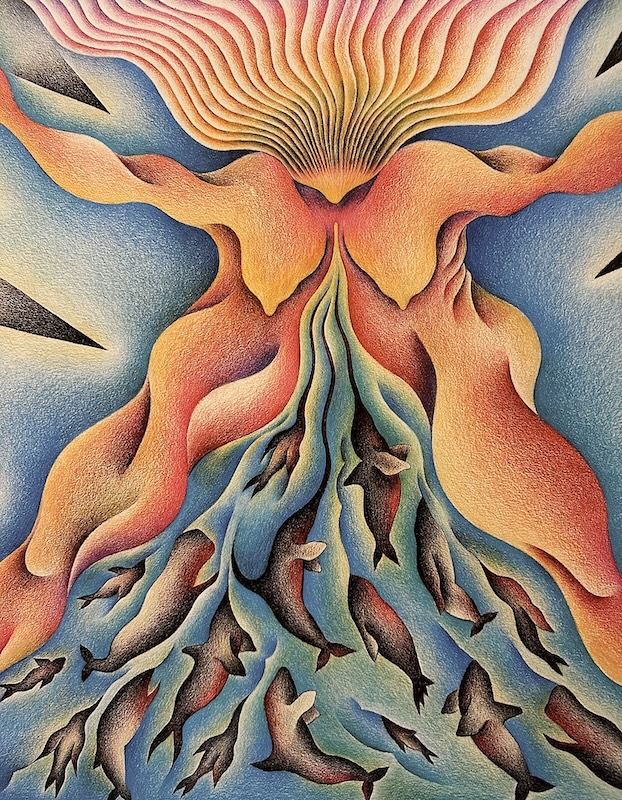 Judy Chicago work detail, Serpentine North; © Judy Chicago, photo by Ana Novi.
Judy Chicago work detail, Serpentine North; © Judy Chicago, photo by Ana Novi.
Introducing a Feminine Impulse into the Environment with Atmospheres
The subsequent chapter, titled “The Yearning,” illuminates Chicago’s ventures into pyrotechnics and her creation of immersive, site-specific performances known as Atmospheres during the years spanning 1968 to 1974. These works, using smoke as a medium, marked a release from the rigid structures of her earlier drawings and paintings.
Documented in photographs and films, these ephemeral pieces introduced a feminine impulse into the environment, contrasting with the Land Art movement dominated by male artists. More recently, Chicago created the series Garden Smoke (2020) during the COVID-19 pandemic, confined within small spaces but still vibrant and dynamic.
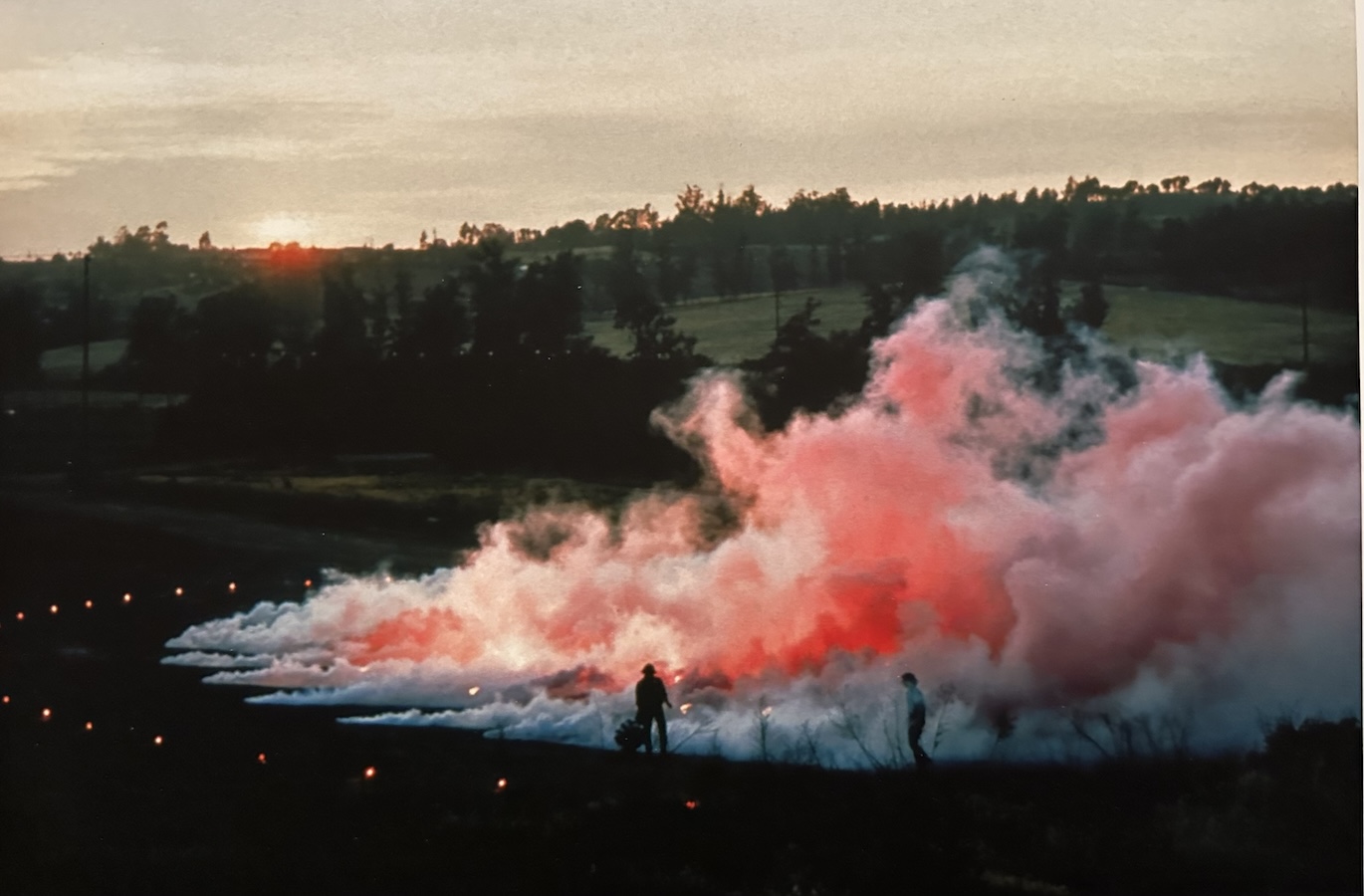 Judy Chicago pyrotechnics work detail, Serpentine North; © Judy Chicago, photo by Ana Novi.
Judy Chicago pyrotechnics work detail, Serpentine North; © Judy Chicago, photo by Ana Novi.
Addressing Themes of Extinction, Erasure, and Interconnectedness
Chapter four, “The Calling of the Apostles and Disciples”, delves into Chicago’s steadfast dedication to challenging patriarchal structures and addressing themes such as extinction, erasure, and the interconnectedness between violence against women and the Earth.
The series PowerPlay (1982–87) marks a pivotal shift for Chicago as she began to interrogate masculinity and power. Rendered in homage to “heroic Renaissance paintings”, these works subvert typical depictions of masculinity, portraying men in grotesque, exaggerated forms. Shadow Drawings (1980s), emerging from her collaboration on the Birth Project (1980–85), highlight the struggles of women under patriarchal systems. The End: A Meditation on Death and Extinction (2012–2018) reflects Chicago’s concern for all living beings and underscores her belief in the connection between the liberation of women and the restoration of the Earth.
Imagining a More Equitable World through Creative and Provocative Collaborations
The final chapter, “Visions of the Apocalypse” celebrates Chicago’s inspiration from mythology, envisioning alternative societal structures and historical narratives centered on women. “Birth Project” (1980–85) series, that open up the fifth chapter address the iconographic void of birth in Western art.
Combining painting with needle techniques, these works present various aspects of labour, motherhood, and creation. Never-before-seen illuminations from Chicago’s early imaginings of the manuscript “Revelations” depict apocalyptic scenes leading to profound revelations where all life’s creatures live in harmony. The Female Divine, realized for Dior’s 2020 haute couture show, incorporated questions on how society might be shaped if women ruled the world, leading to a global call-and-response project with Pussy Riot‘s Nadya Tolokonnikova. The collected responses were woven into a monumental quilt, inviting people to imagine alternative worlds.
Judy Chicago “Revelations” is not just an exhibition; it is a powerful testament to an artist’s relentless pursuit of gender equality and social justice. By challenging patriarchal paradigms and envisioning a more equitable world, Chicago’s work continues to inspire and provoke, ensuring that the stories of women are never forgotten.
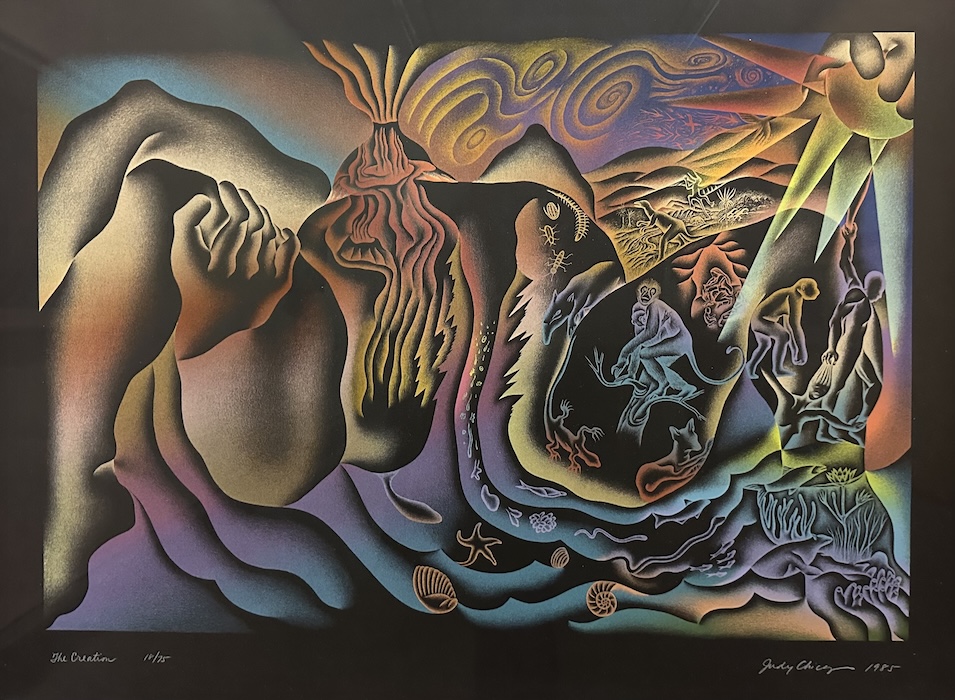 Judy Chicago work detail, Serpentine North; © Judy Chicago, photo by Ana Novi.
Judy Chicago work detail, Serpentine North; © Judy Chicago, photo by Ana Novi.






